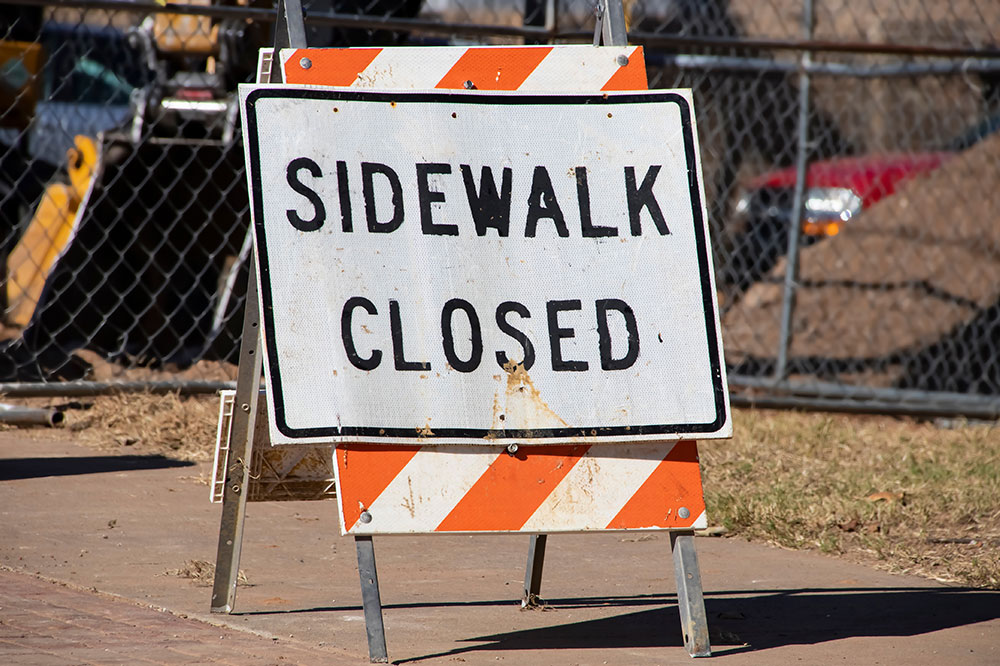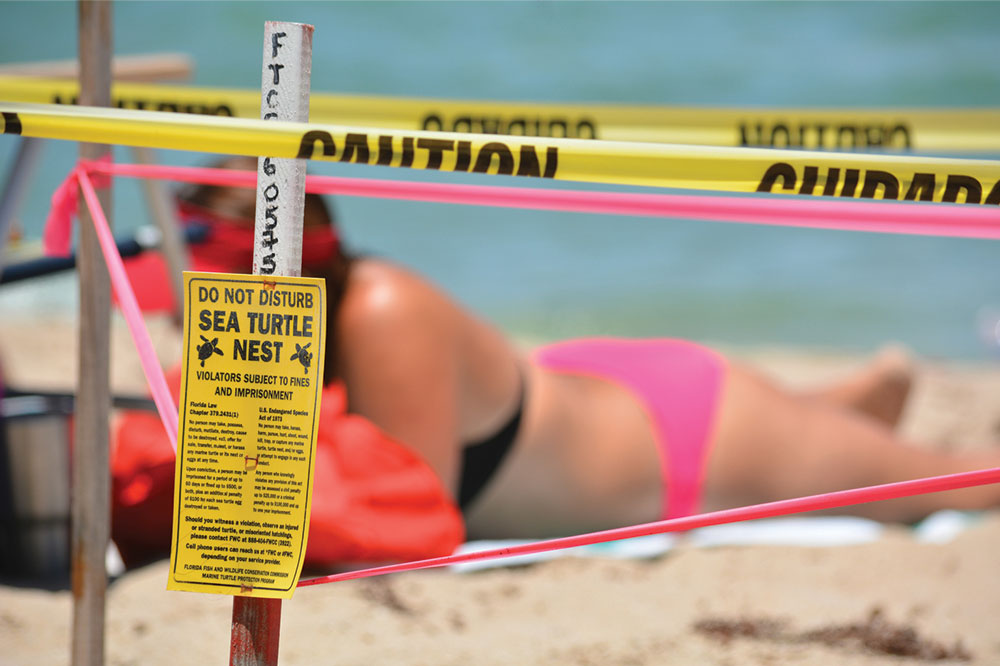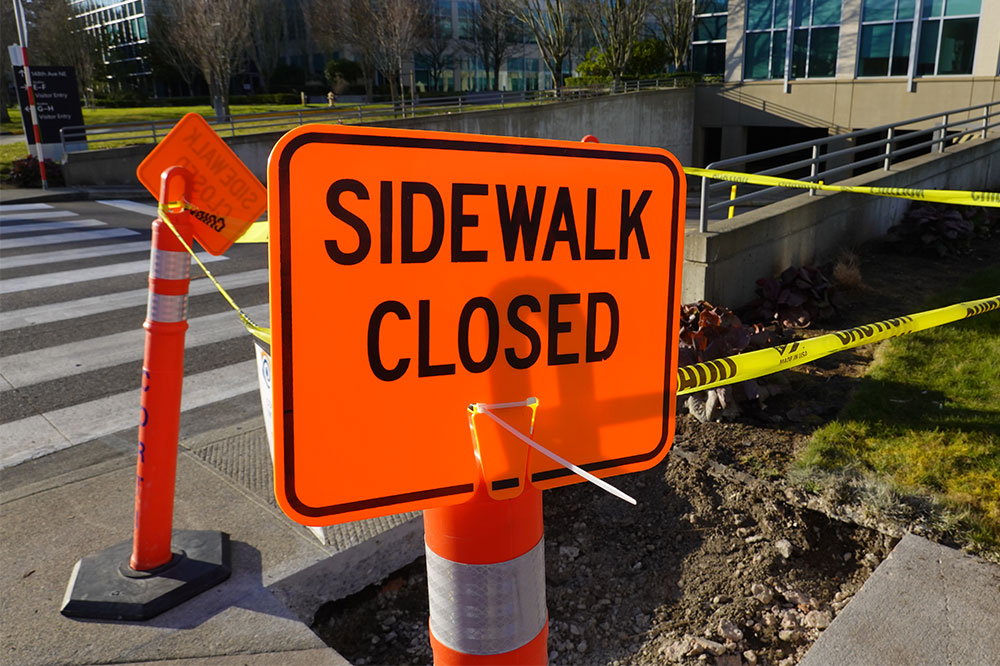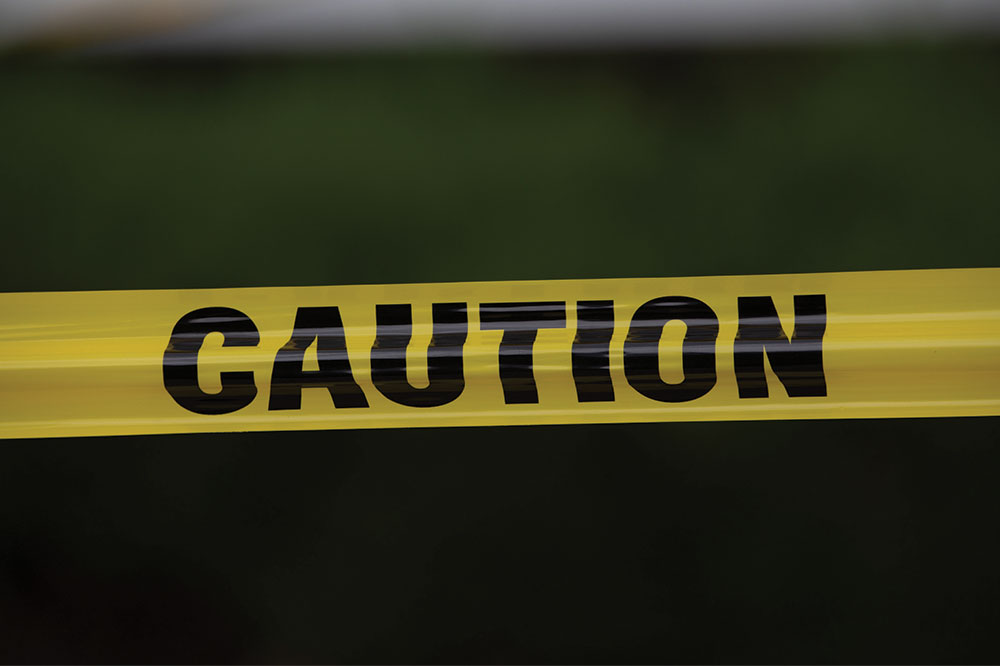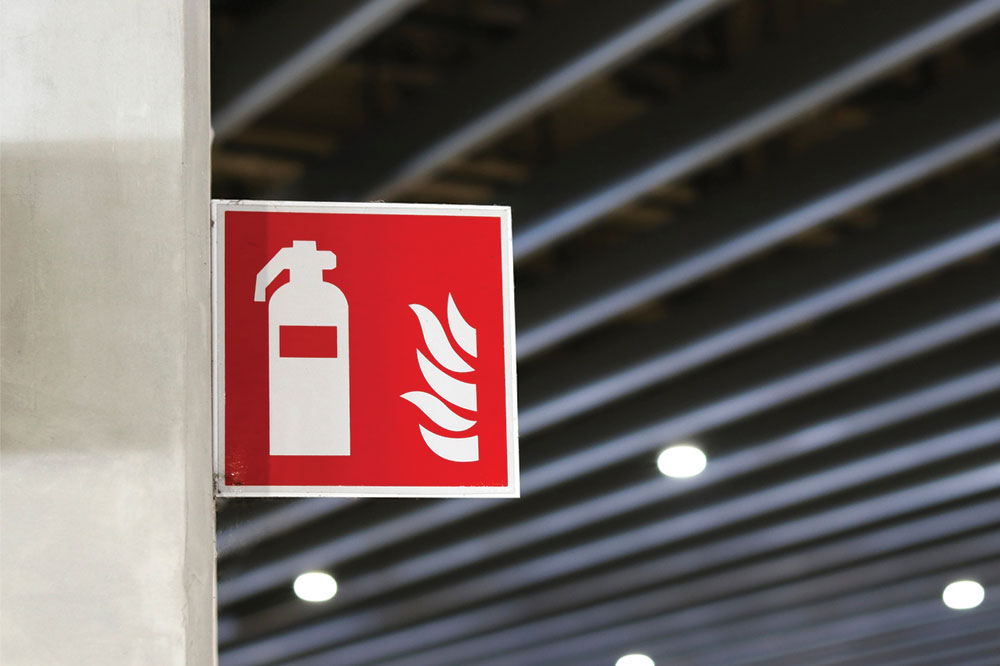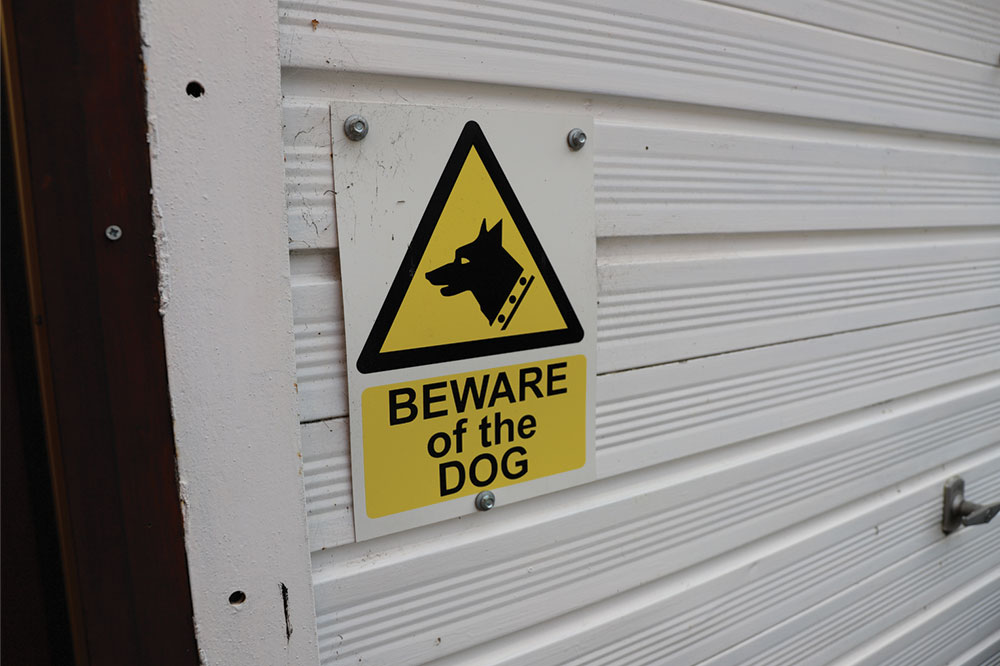Guide to Different Types of Safety Warning Tapes
This comprehensive guide explains the different types of safety warning tapes used in industrial, construction, and traffic control settings. It covers color-coding conventions, material options, and their specific applications to help ensure safety and compliance. The article emphasizes selecting the appropriate tape for indoor and outdoor environments, highlighting the importance of proper safety signage. Understanding these tapes aids in effective hazard indication, traffic management, and zone restriction, reducing risks and enhancing workplace safety.
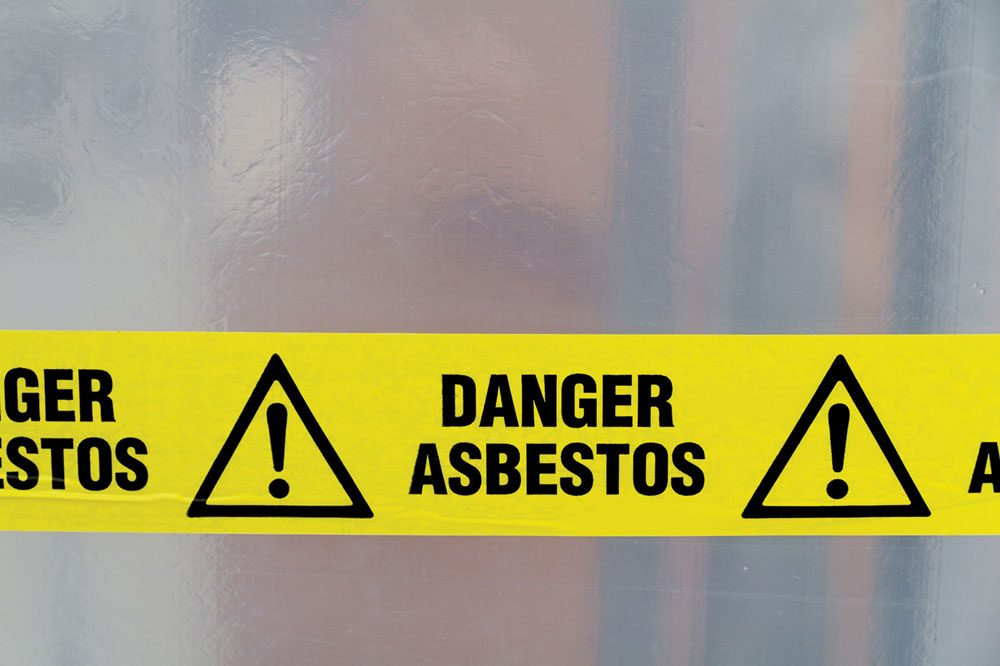
Understanding Various Safety Warning Tapes
Safety warning tapes are essential in industrial, construction, and public spaces to alert personnel and visitors about hazards. Selecting the appropriate tape depends on its purpose, color, and material. Whether for preventing accidents, controlling traffic, or marking restricted zones, knowing the different types of caution tapes ensures safety and compliance. From hazard alerts to traffic management, each tape serves a specific role. Proper choice of color and material enhances visibility and durability, making safety measures more effective.
Categories of safety warning tapes
Hazard identification tape: Available in various colors for specific dangers like chemicals or falls.
Traffic management tape: Used to guide or divert vehicle and pedestrian movement.
Fire safety tape: Used around fire-damaged areas to warn about risks.
Construction site tape: Signals ongoing work and potential hazards on-site.
Police crime scene tape: Marks off restricted areas at crime scenes.
Color-coded caution tapes
Red and white tapes denote fire-related hazards.
Blue and white tapes indicate machinery or equipment issues.
Black and white tapes serve for simple restrictions and housekeeping.
Black and yellow caution tapes mark danger zones.
Magenta and yellow tapes highlight radiation or hazardous material areas.
Orange and white tapes manage traffic or temporary barriers.
Green and white tapes designate safety zones or medical assistance spots.
Choosing the right material
Custom caution tapes come in diverse materials tailored for indoor or outdoor use. Options include:
High-visibility tapes for lit environments
Biodegradable, non-toxic options
Recyclable tapes to reduce plastic waste
Woven tapes for enhanced durability
Reflective tapes for night-time visibility
Picking the correct color code and material allows for timely safety interventions, preventing accidents and ensuring restricted zones remain secure.
Note:
This informational article provides insights into various caution tapes used across industries. While it aims to guide safety practices, readers should verify details for their specific needs and stay updated on regulations. We disclaim any responsibility for discrepancies or errors that may occur outside the scope of this content.


